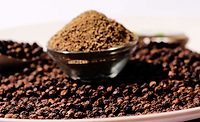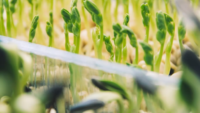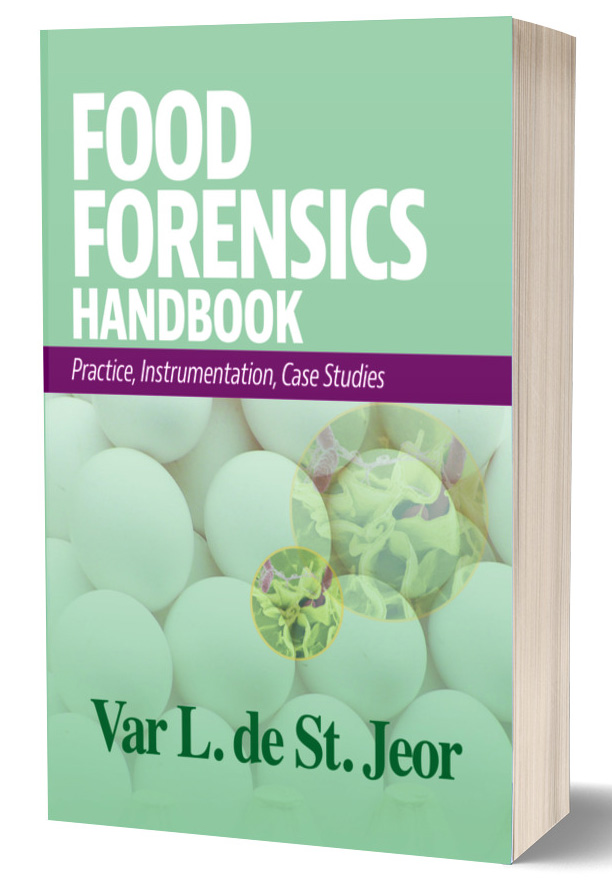FAO, WHO Rank Low-Moisture Foods by Microbial Risk

Credit: Tabeajaichhalt via Pixabay
The Food and Agriculture Organization of the United Nations (FAO) and the World Health Organization (WHO) recently published a meeting report and systematic review, “Ranking of Low-Moisture Foods in Support of Microbiological Risk Management.” The report is based on a series of activities carried out by FAO and WHO to compile and analyze the existing information on the microbial hazards associated with low-moisture foods (LMFs) in an effort to rank the foods of greatest concern. FAO and WHO’s activities were implemented in response to a request from the Codex Alimentarius Commission Committee on Food Hygiene (CCFH) to support the development of a Codex Code of Hygienic Practice for LMFs.
According to the report, LMFs are of particular concern due to the foods being conducive to bacterial persistence, despite the fact that microorganisms cannot grow in such products. A number of foodborne illness outbreaks linked to LMFs in recent years have created global awareness of the need to consider and manage the microbiological hazards associated with LMFs.
The report defined LMFs as “foods that are naturally low in moisture or are produced from higher-moisture foods through drying or dehydration processes.” Specifically, for the scope of the report, foods were considered low-moisture if they exhibited a water activity level of 0.85 or below.
To compile the report, FAO and WHO conducted a structured review of publicly available data on foodborne illnesses linked to LMFs and carried out a meta-analysis of data related to the contamination of LMFs with a range of microbial hazards. A multi-criteria decision analysis to rank LMFs was undertaken. Additionally, the review summarized research related to interventions for microbial contaminants in LMFs, but FAO and WHO deemed the real-life applicability of the evidence to be limited. Data was collected in 2014, and analyses were carried out until 2016.
The criteria considered in the ranking process include: international trade, burden of disease, vulnerabilities from food consumption (i.e., average serving size, proportion of vulnerable consumers, and potential for consumer mishandling), and vulnerabilities from food production (i.e., increased risk of contamination, proportion without kill step, and prevalence of pathogen). In the data collection and analysis, nine microbial hazards were considered: Bacillus cereus, Clostridium botulinum, Clostridium perfringens, Cronobacter, Escherichia coli, Salmonella, Staphylococcus aureus, Listeria monocytogenes and Enterobacteriaceae. The seven categories of LMFs that were included in the ranking process are listed as follows, from highest risk level to lowest:
- Cereals and grains
- Dried protein products
- Spices and dried herbs (including teas)
- Nuts and nut products
- Confections and snacks
- Dried fruits and vegetables
- Seeds for consumption.
The report notes that cereals and grains scored highly across all ranking criteria, especially for international trade and food consumption. The results for cereals and grains were expected due to being global, staple food products. Additionally, dried protein products ranked highly due to the burden of disease associated with the products, which was influenced by a handful of large foodborne illness outbreaks linked to dried dairy products contaminated by S. aureus. Of all the foodborne illness outbreaks assessed in the report, Salmonella was the most common microbial hazard, and was linked to several large foodborne illness outbreaks associated with dried herbs and teas.
The report notes the importance of mitigating microbial contamination of LMFs by employing good agricultural practices (GAPs), good manufacturing practices (GMPs), and food safety management systems informed by hazard analysis and critical control points (HACCP). Controlling microbial risks during harvest and production is paramount due to LMFs being eaten without undergoing a kill step by the consumer.
Looking for a reprint of this article?
From high-res PDFs to custom plaques, order your copy today!






